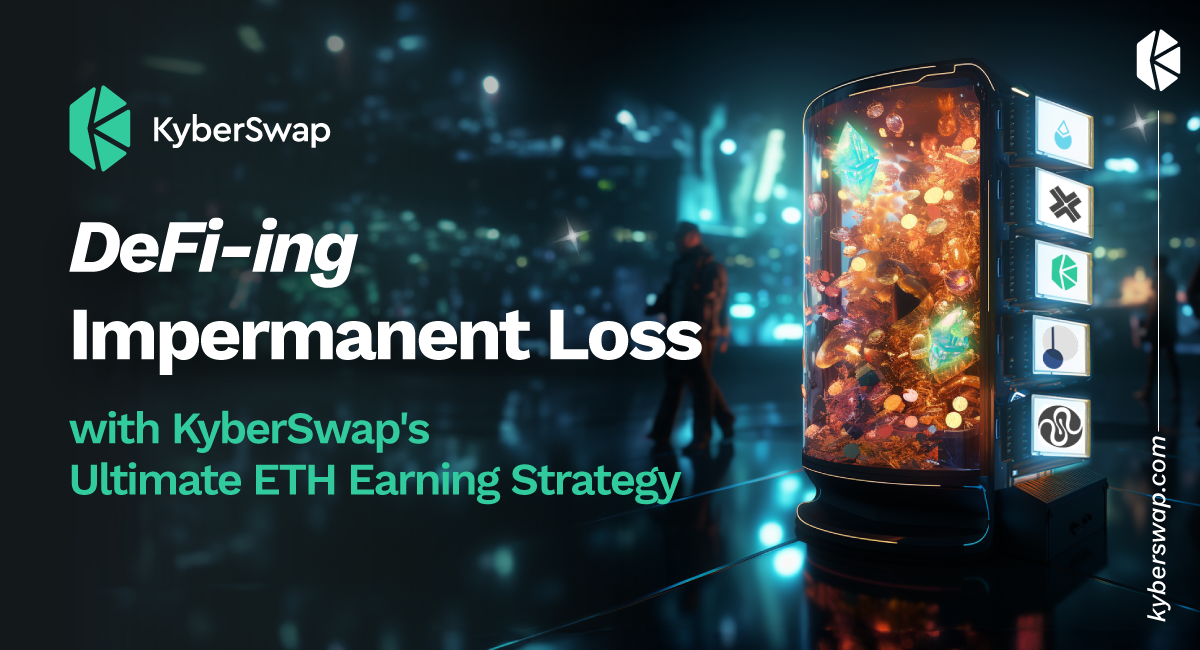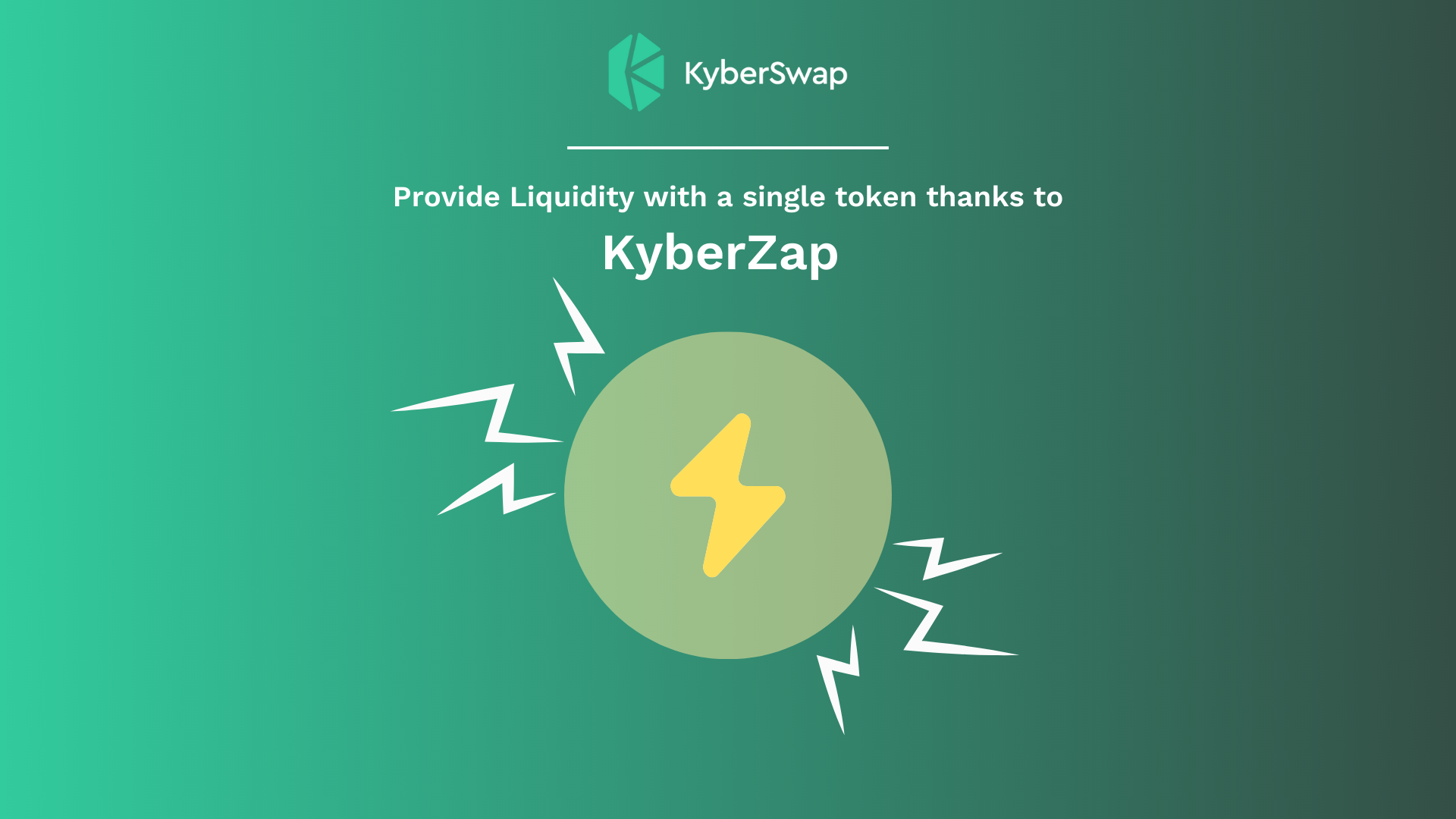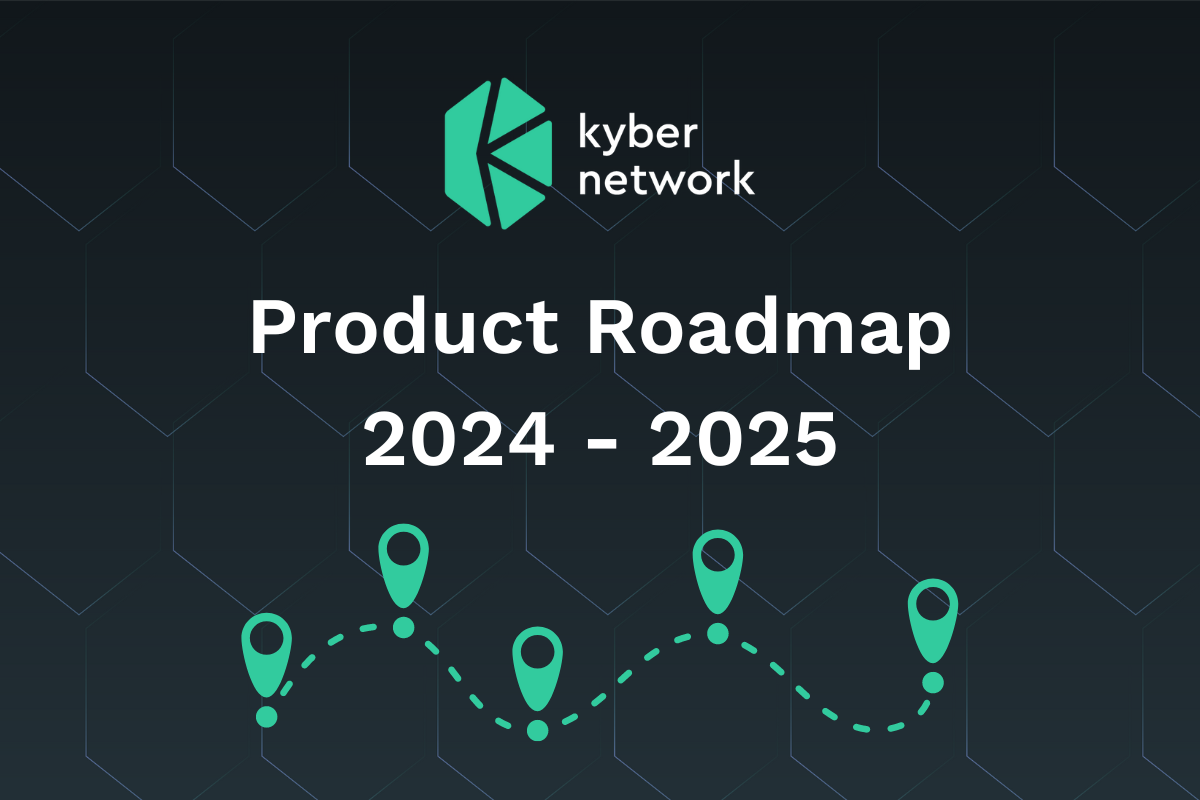On 12 September 2023, KyberSwap unveiled our groundbreaking Ultimate ETH Earning Strategy in DeFi for liquidity providers (LPs). In collaboration with Lido Finance, Axelar, Squid and soon, Pendle, this innovative approach aims to maximize ETH assets while eliminating Impermanent Loss.
However, what exactly is impermanent loss, and how does this strategy manage to eliminate it? Read on.
What is Impermanent Loss?
Impermanent Loss (IL) is a critical concept for liquidity providers in DeFi. It refers to the potential loss in asset value when providing assets to a pool compared to simply holding them. Importantly, the term “impermanent” suggests that this loss is not permanent; it varies based on asset behaviour within the pool.
Learn more at Kyber Academy’s “What is Impermanent Loss (IL) and How to Minimize It?”.
When does IL Occur?
IL arises from price divergence, where pool assets values move apart. This can occur in several scenarios:
- Price Movement: if one asset depreciates/appreciates significantly compared to the other.
- High Volatility: IL tends to be more pronounced during periods of high price volatility. Frequent and sharp price fluctuations can amplify the divergence between assets in the pool.
- Black Swan Events: Unforeseen market events, such as regulatory changes, security breaches, etc can lead to extreme price movements.
- Arbitrage Opportunities: Exploiting arbitrage opportunities can cause temporary imbalances in liquidity pools, resulting in IL for LPs.
When IL Is at a Minimum:
Impermanent Loss is minimized in these situations:
- Stable Prices: When asset prices remain relatively stable or move in sync, IL is minimal or non-existent. This is commonly seen with stablecoins pairs or with similar priced assets.
- Balanced Appreciation or Depreciation: Similar asset value changes reduce IL.
- High Fees: High trading fees on the platform can offset impermanent losses to some extent. Frequent trading activity by other users can generate more fees for LPs.
- Liquidity Provision Periods: Impermanent loss is less of a concern for LPs with shorter liquidity provision periods due to limited divergence time.
How does our Ultimate ETH Earning Strategy eliminates IL?
KyberSwap’s wstETH-axl.wstETH and wstETH-ETH liquidity pools in our Ultimate ETH Earning Strategy demonstrates these scenarios perfectly.
Scenario 1: User adds liquidity to the wstETH-axl.wstETH pool at a price close to 1. If the price moves away from 1, there’s no real Impermanent Loss. In fact, when the price diverges, the LP’s position increases in both wstETH and axl.wstETH assets. If the user were to bridge axlwstETH back to Ethereum mainnet, they would receive more wstETH than initally added and vice versa.
*Do note that while there is no IL, bridging will cost the user gas fees.
Scenario 2: User adds liquidity to the wstETH-axl.wstETH pool at a price further from 1 such as 0.99.(The largest farming range is 0.999001 to 1.001.) If the pool price returns to 1, the liquidity position will suffer from IL. However, assuming the current pool price is 0.999 and the user adds liquidity in the above farming range, the liquidity position only add wstETH. If the liquidity position adds 1 wstETH, when the pool price returns to 1, the liquidity position will have ~0.499875 wstETH and ~0. 499875 axlwstETH, losing ~0.00025 ETH (roughly )equivalent to 0.025%.
Since the pool has a 0.008% fee tier, the most a liquidity position can lose is 0.021%. (0.025% – (0.008 x 0.499875) = 0.021%)
Assuming the farm maintains a minimum ~20% APR, the user can recuperate the IL in rewards within half a day.
It’s worth noting that users can choose their entry points strategically. For example, if one asset is trading at a premium over the other, users can decide whether to buy or sell based on their preferred entry price.
For instance, if axl.wstETH is trading higher than wstETH, selling axl.wstETH for wstETH would allow them to enter with a premium. Conversely, selling wstETH for axl.wstETH would result in insignificant losses, aligning with the explanation provided above.
Before participating in liquidity provision, it’s essential for LPs to carefully assess the potential for IL. In some cases, the loss might outweigh the fees and rewards earned from providing liquidity. LPs often use tools and calculators to estimate the potential impact of IL. They may also employ strategies such as providing liquidity to stablecoin pairs or using IL protection protocols to mitigate its effects.
This is how KyberSwap is empowering DeFi liquidity providers, offering the potential for maximized returns while minimizing Impermanent Loss.
Are you ready to take part in KyberSwap’s Ultimate ETH Earning Strategy? Don’t miss out—maximise your ETH assets reliably while minimising the risk of Impermanent Loss here.
*Third party mentions are not endorsements. Users are responsible for their own funds, and should DYOR before using any services.




